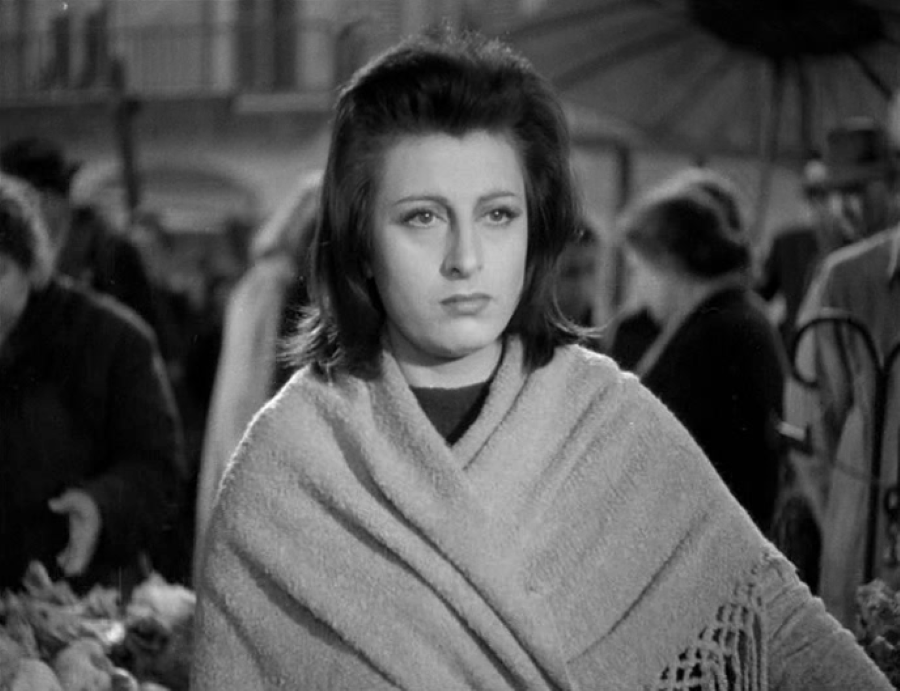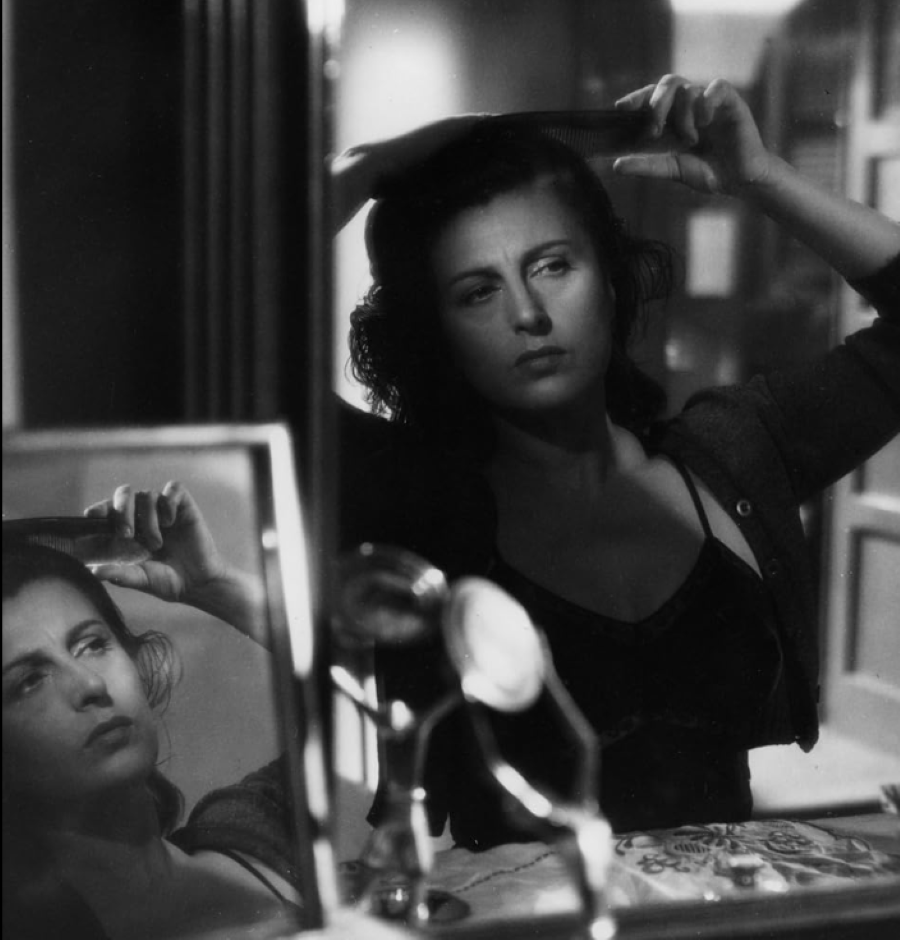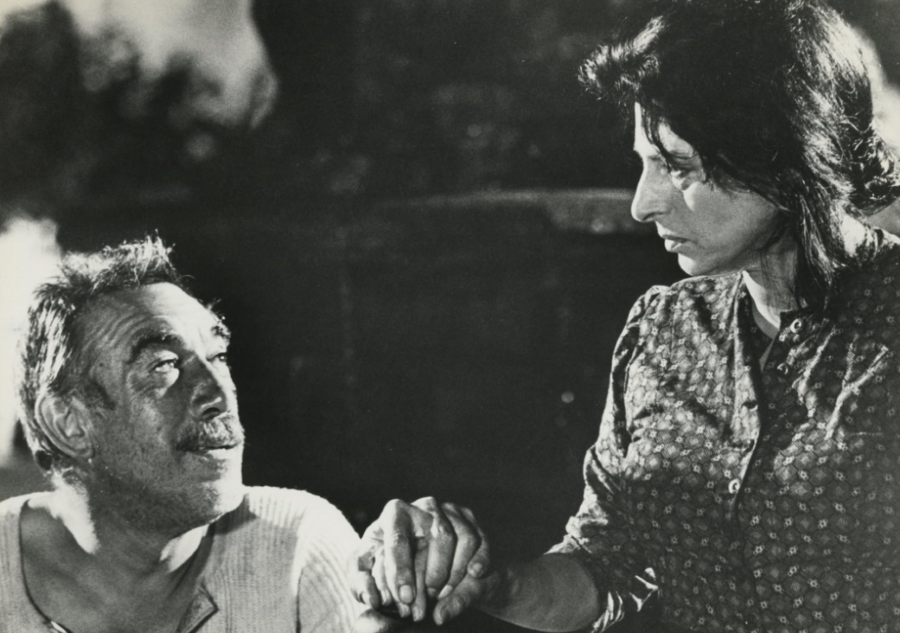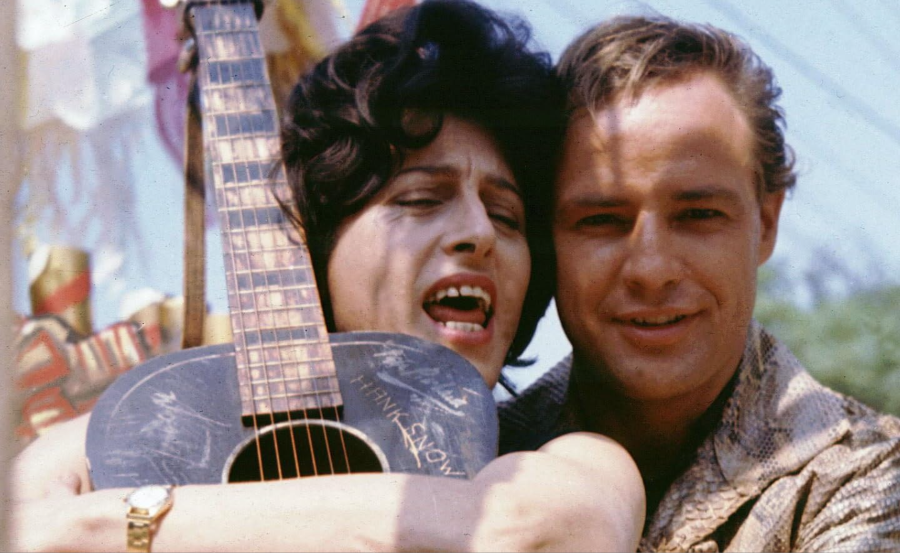
Italy’s golden muse: Celebrating Anna Magnani’s legacy
In 1945, a charismatic director, Roberto Rossellini brought a young and captivating actress into the spotlight, casting her as Pina, a character with an unforgettable presence and a powerful voice. That talented actress was none other than Anna Magnani, whose portrayal of Pina in 'Rome Open City' (1945) left an indelible mark on Italian cinema. The iconic scene, where Pina runs for her love, who has been taken by Nazis and screams for him: ‘Francesco!’, shook the whole nation. The shot became one of the greatest scenes in Italian cinema, as it portrayed emotions not only simmering within her character but also those coursing through the heart of Italy itself. The film transformed the idea of an Italian neo-realism, and took it to a whole new level, while Anna Magnani became the symbol of the city of Rome itself.
Starting her career in 1933, she starred in some of the 20th century's most legendary films and collaborated with the greatest directors. This September marks half a century since Anna Magnani’s passing, yet her presence still remains strong, as we seek the echoes of 1950s Rome through the characters she brought to life. Her vibrant career, distinctive visual persona, and mastery defined the face of neo-realism, allowing her to convey stories with depth, authenticity, and sincerity.
Early life
Anna Magnani was known for her magnetic, charismatic personality, and her appearance added an element of mystery to her persona. Even though some claim that she was born in Alexandria, her birthplace was Rome, Italy. She was born to an Italian mother and an Egyptian father, whom she never met. After her mother left Anna, she was raised in poverty by a grandmother.
Before great performances in films like ‘Rome Open City’, she was acting in experimental plays and had her debut in a silent film ‘Scampolo’ in 1927. She was also dancing and singing on stages in nightclubs and cabarets, but in 1933 was discovered by Goffredo Alessandrini, an Italian filmmaker, who later became her husband. Together, they collaborated to create ‘La Cieca di Sorrento’ (The Blind Woman of Sorrento), which was released in 1934. Since the premiere of the film, Anna Magnani became one of the most notable faces in Italian cinema. After marriage, she mainly concentrated on her family and chose to set her acting career aside, however, after separating from her husband, Anna returned to the silver screens.
 Anna Magnani in The Peddler and the Lady (1943)
Anna Magnani in The Peddler and the Lady (1943)Her performance in ‘Teresa Venerdì’ (1941) by Vittorio De Sica was yet another success, which made her stand out as an actress of rare, unique talent. Since then, she starred in some of the most iconic films of all time.
Iconic characters of Anna Magnani
Roberto Rossellini’s ‘Rome Open City’ was released in 1945. Depicting life in Rome during Nazi occupation, the film stars Anna Magnani in the role of Pina, a young woman, and a mother grappling with the chaos of World War II. In the film, Anna was truly radiant, her energy, woven with a thousand different emotions was conveyed through all the motions, gestures, and most significantly - her strong voice, which gave her an unshakable presence. When watching her, you were not just observing a character; you were sharing in her anguish, resilience, and hope. It was a genuine portrayal of a young woman in pain, confusion, and in love. Bosley Crowther of The New York Times wrote that
Anna Magnani, as the brave and tragic Pina, is beyond praise. Her performance is so vivid, so moving, and so humanly complete that it surpasses anything she or any other actress has ever done on the screen.
The film was a great success and brought Anna the international acclaim.
In her subsequent roles, particularly in films like ‘Paisan’ (1946) and ‘The Miracle’ (1948), Anna Magnani's remarkable talent for plumbing the depths of emotions became even more evident. She possessed a unique ability to breathe life into her characters in a way that transcended the boundary of the screen, making them feel achingly real. With a depth of understanding, she navigated the delicate nuances of these characters' lives, peeling back the layers of their emotions with precision and authenticity.
Anna Magnani was known for her turbulent nature. Her mastery came significantly from her own character, which was immeasurably artistic. As she stated herself:
I feel more like an artist than an actress: we all have thousands of women inside, not just one, and I am fulfilled when I am free to let them out. If I play as an actress, it is bad for me and for the film.
Because of her beliefs about art and acting, she was always urged to take part in films that allowed maximum artistic expression.
 Anna Magnani in Bellissima (1951) © CEI Incom, IMDb
Anna Magnani in Bellissima (1951) © CEI Incom, IMDbBeginning in the 1950s, Anna Magnani continued to create iconic characters and collaborated with great directors of her time. Her role as Maddalena Cecconi in ‘Bellissima (1951)’ by Luchino Visconti, where she portrayed a working-class mother, who did everything in her power to make her daughter’s life different from her own, was simply unforgettable. She received an Academy Award for Best Actress for her performance in ‘The Rose Tattoo’ (1955), which was written by Tennessee Williams specifically for her. She played a passionate Italian immigrant caught between two men in ‘Wild Is the Wind’ (1957), which earned her another Academy Award nomination.
She crafted some of the most recognisable characters in the 1960s and 1970s for films like ‘Mamma Roma’ (1962) by Pier Paolo Pasolini, and ‘The Fugitive Kind’ (1960) where she acted along with Marlon Brando. The film was taken negatively by the audience and critics. The failure of the film was greatly influenced by the complex, tense on-set relationship between the two great egos of Magnani and Brando. However, later she starred in films like ‘The Secret of Santa Vittoria’ (1969) by Stanley Kramer and she continued to create complex, and emotionally compelling characters.
 Anthony Quinn and Anna Magnani in The Secret of Santa Vittoria (1969) © IMDb
Anthony Quinn and Anna Magnani in The Secret of Santa Vittoria (1969) © IMDbCinematic influence
Since the role of Pina, Anna Magnani won the hearts of millions and portrayed many faces of Italian neo-realist women. While working on sets, she was known for her fiery persona and was called a true force of nature. Many of her colleagues were intimidated by her, while others admired her talent and turbulent character. Renowned film historian and critic Roger Ebert described her performance as:
Anna Magnani's work in 'Rome, Open City' is not acting, it is existing.
Ebert’s description perfectly encapsulates the effect of Anna Magnani. She utilized every aspect of her persona to create characters in the most authentic manner. Her voice, manner of speech, movement, and unique appearance that was far from a standard, Hollywood beauty, all showed her sincerity as a person and as an actress. That authenticity was later reflected in all of her characters.
 Marlon Brando and Anna Magnani in The Fugitive Kind (1960) © IMDb
Marlon Brando and Anna Magnani in The Fugitive Kind (1960) © IMDbLegacy
Anna Magnani's influence on culture and her enduring legacy transcend the silver screen. Even after the fifty years since her death, she remains a symbol of genuineness, passion, and resilience. Anna's portrayal of complex, multidimensional characters made her an emblem of Italian neo-realism, a golden muse of the great city of Rome, who reshaped the very landscape of cinema. Her performances had a rare immersive quality, drawing audiences into the very heart of the stories she told. Whether she was portraying joy, sorrow, or the complexities of love, her portrayal was nothing short of transformative. Her ability to connect on such a visceral level left an enduring impact on viewers worldwide, transcending language, time, and culture.
Want to read more from us? Check out our review of El Conde, Pablo Larrains portrayal of pinochet as a vampire.
Credits for the Main photo: Anna Magnani in Risate di gioia (1960) © Courtesy: Rialto Pictures / Titanus Archive, IMDb
